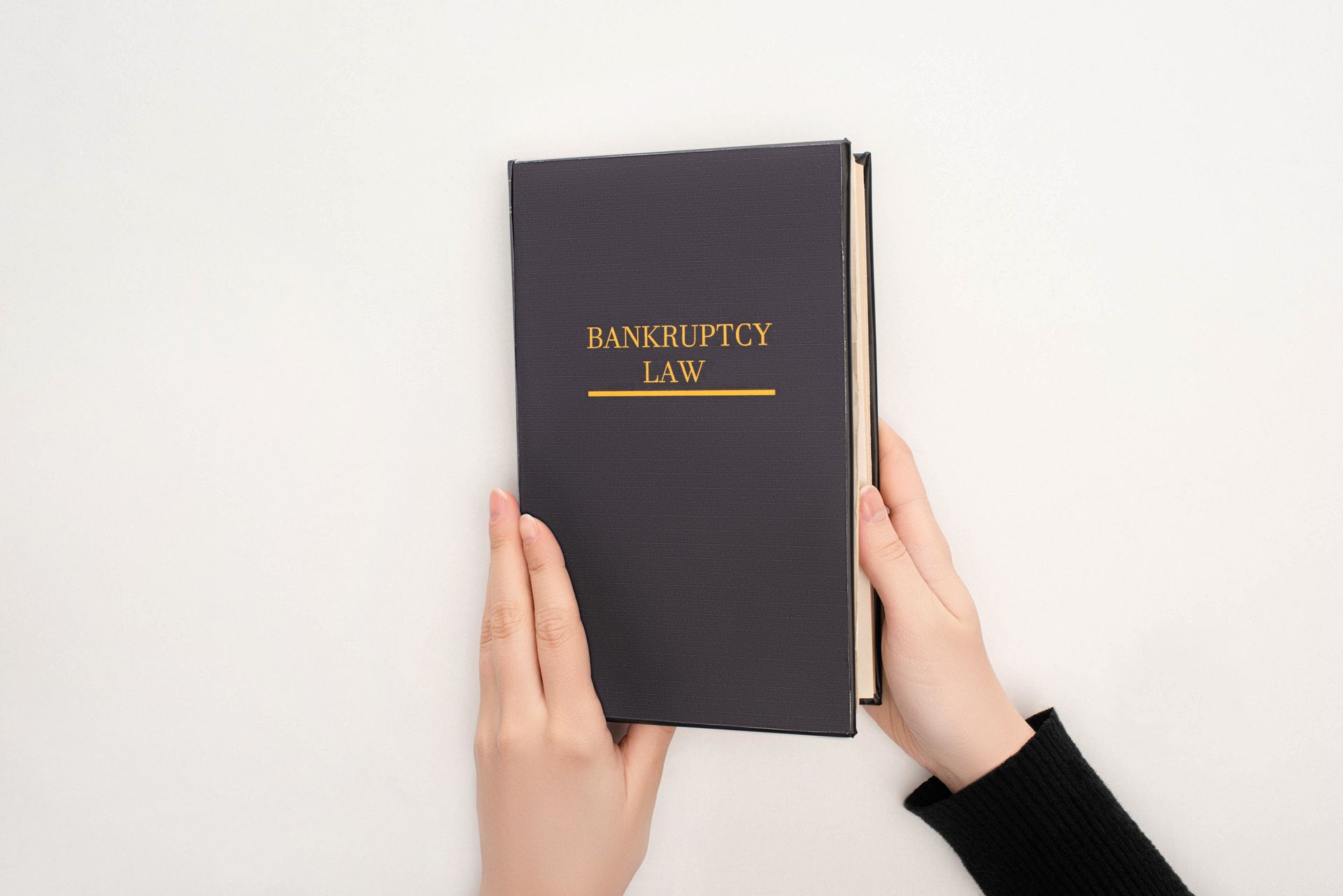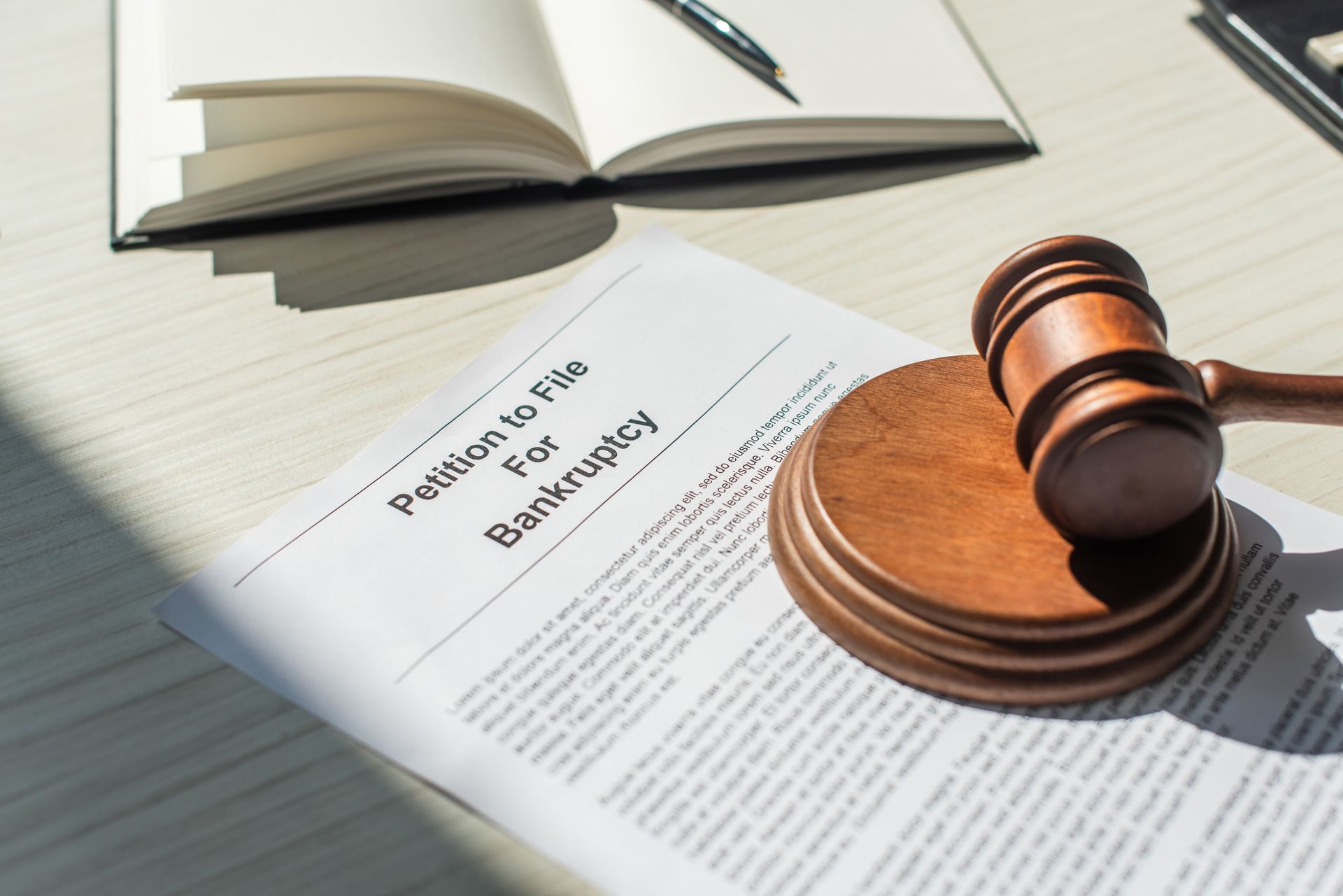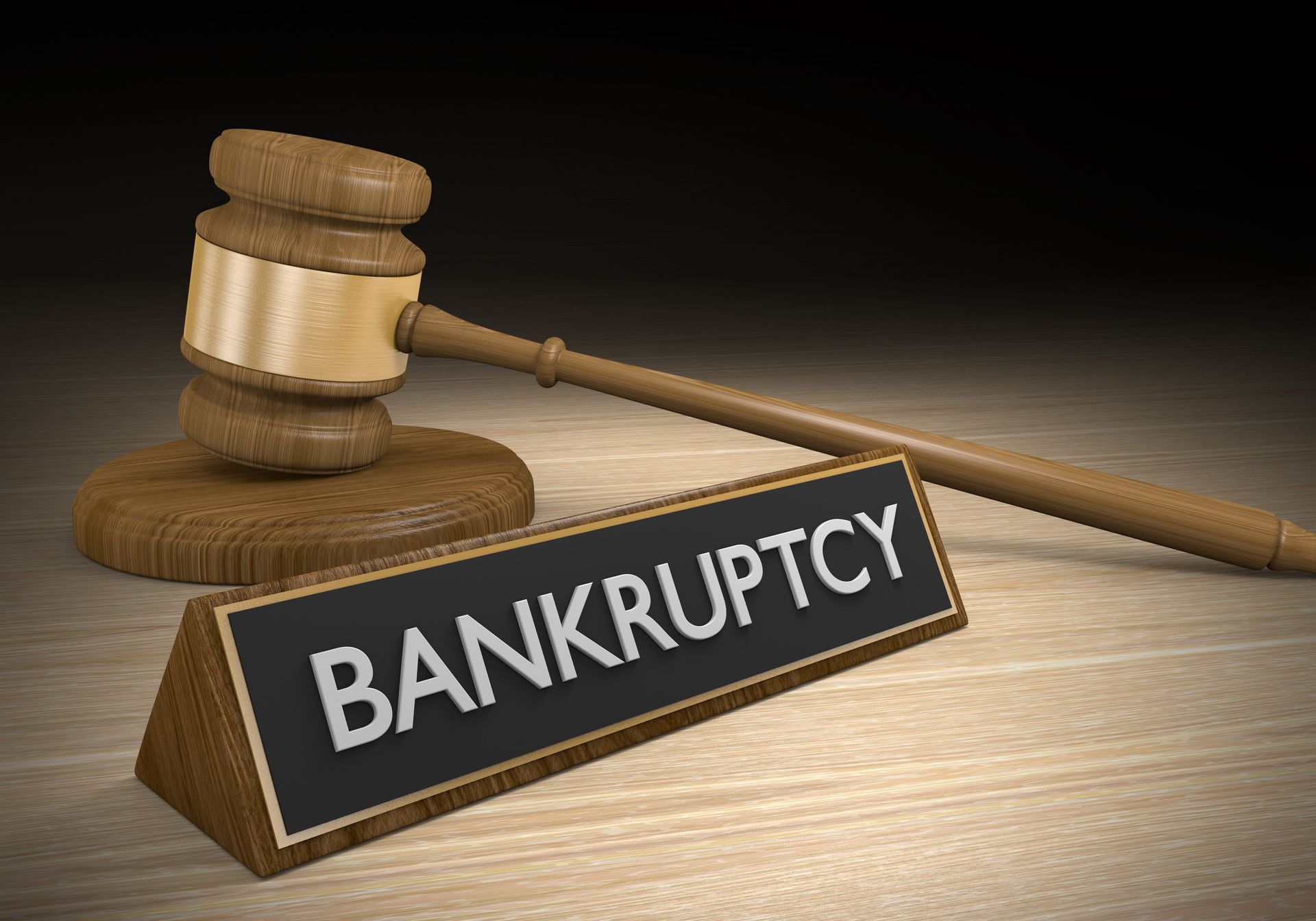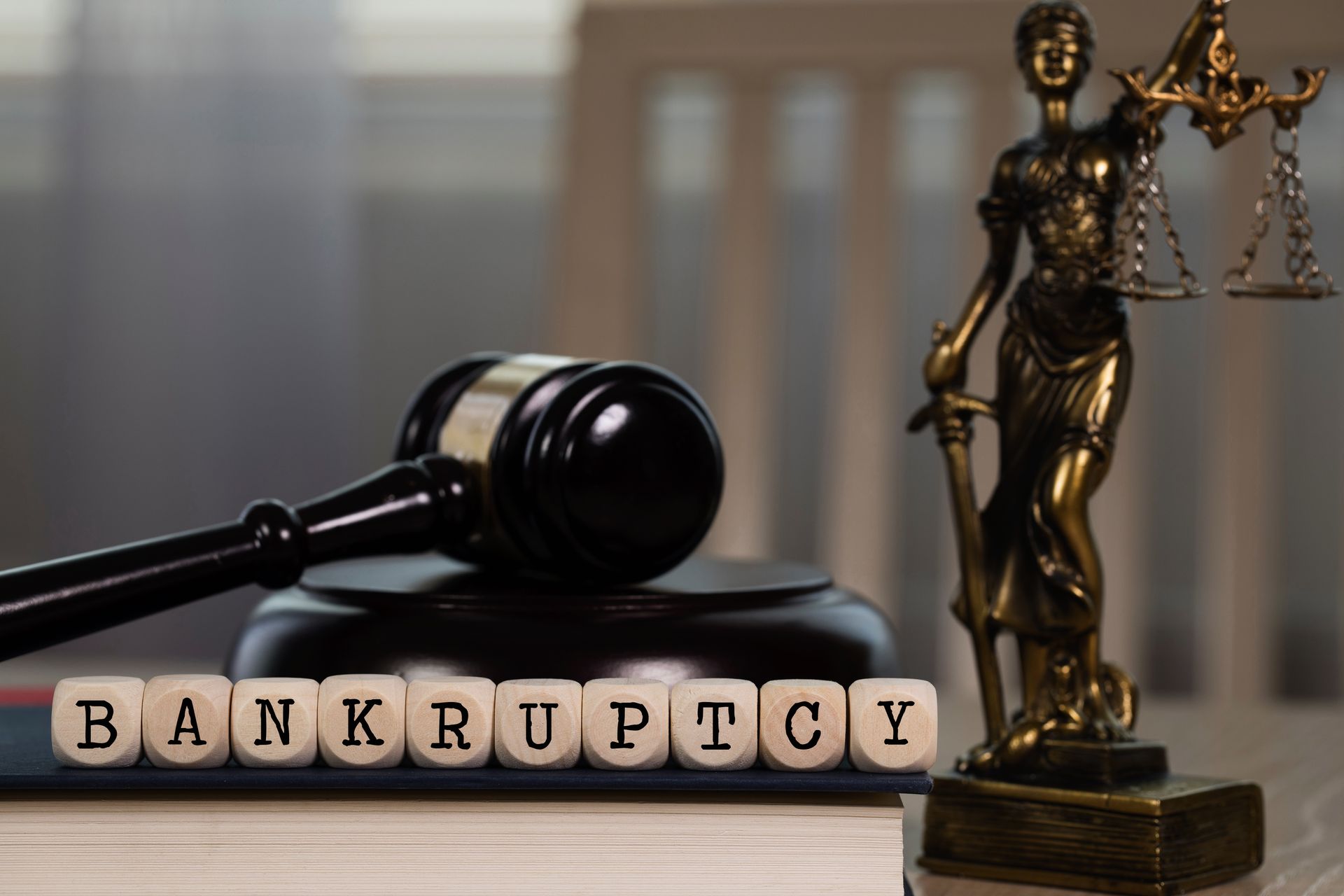Contact Us
Phone: 423-205-7744
Location
4416 Brainerd Rd.
Chattanooga, TN 37411
Hours
- Mon - Fri
- -
- Sat - Sun
- Closed
Call Now 24/7 Free Consultation: 423-205-7744
Filing for Bankruptcy: What Is the Means Test?
 The bankruptcy means test is in place to determine whether or not a consumer is eligible to file for Chapter 7 bankruptcy. The means test considers different factors, including income, expenses, and family size to determine if you have enough disposable income to repay your debt. The means test was designed to restrict the number of people who file for a discharge of debt through Chapter 7 bankruptcy, but most people pass the means test leaving them eligible to file.
The bankruptcy means test is in place to determine whether or not a consumer is eligible to file for Chapter 7 bankruptcy. The means test considers different factors, including income, expenses, and family size to determine if you have enough disposable income to repay your debt. The means test was designed to restrict the number of people who file for a discharge of debt through Chapter 7 bankruptcy, but most people pass the means test leaving them eligible to file.
If a bankruptcy petitioner does not qualify for Chapter 7 bankruptcy, they can choose to file Chapter 13 bankruptcy instead. In Chapter 13 bankruptcy, the filer’s debts are restructured, and petitioners agree to abide by a payment plan to pay all or a portion of their obligations off through the bankruptcy court.
Learn More About How the Means test Works:
The bankruptcy Means test has two parts. Both are designed to determine the amount of disposable income available to pay towards debt. The test is for those with mainly consumer debts (i.e., credit card debt or medical debt). When filing Chapter 13 bankruptcy, the Means test is taken into consideration when determining the monthly payment amount.
In the first part of the Means test, household income is compared to the state’s median income. Petitioners will need to gather as much info as they can about their income over the past six months. Filers who are below the median income in their state, are eligible to file for Chapter 7 bankruptcy. The vast majority of potential filers pass the first part of the means test and move on to file for Chapter 7 bankruptcy. Those who do not, move on to the second part of the means test. Social Security and Veteran’s Disability income is not counted towards current monthly income under the Means test.
In the second part of the Means test, potential petitioners gather information and documentation about their expenses over the past six months, including rent, clothing, groceries, medical costs, etc. These expenses are referred to as “allowable expenses.” The remainder of their income after “allowable expenses” are deducted becomes the specified disposable income amount that the bankruptcy court defines as available for you to pay towards your debt.
When listing “allowable expenses,” be thorough. Do not omit any items or list conflicting amounts for the same expenditure. This type of mistake could cause your case to be thrown out. Be forthright and transparent with your bankruptcy attorney. They don’t know what’s going on in your personal or financial life unless you tell them or provide them with the documentation. Once all the information is available, your bankruptcy attorney will work with you to make sure you have your expenses appropriately documented. If the second part of the Means test determines that your disposable income is low enough, you may be eligible to file for Chapter 7 bankruptcy.
If you decide to file for Chapter 13 bankruptcy, either because you are not eligible to file for Chapter 7 bankruptcy or because doing so will allow you to keep some of your assets, the second portion of the means test will be used to help determine the terms of your repayment plan.
If you need to file bankruptcy, don’t hesitate to call Kenneth C. Rannick P.C., Tennessee, and Georgia bankruptcy attorney. We help good people through bad times.
The post Filing for Bankruptcy: What Is the Means Test? appeared first on Kenneth C. Rannick, P.C..




Schedule a Case Evaluation
Contact us now!
Homepage FCE Form
We will get back to you as soon as possible.
Please try again later.
By submitting this form, you agree to be contacted by our law firm, either by phone, text or by email.
Hours
- Mon - Fri
- -
- Sat - Sun
- Closed
Flexible Appointment Scheduling
24/7 Phone Availability
*$0 down to get your Chapter 7 case started applies to clients who choose to file a Chapter 7 bankruptcy with the U.S. Bankruptcy Court through Kenneth C. Rannick, P.C. We will open a Chapter 7 file for a client with as little as $0 down, however, our office will not file a client's Chapter 7 without an affordable down payment on attorney fees.
*$0 down to get your Chapter 13 case started applies to clients who choose to file a Chapter 13 bankruptcy with the U.S. Bankruptcy Court through Kenneth C. Rannick, P.C. Our law office will file a Chapter 13 without requiring any costs or attorney fees paid upfront for qualified clients who 1) have not had a prior chapter 13 dismissed within the past year, and 2) are not trying to stop a foreclosure within 20 days of filling bankruptcy.We are a debt relief agency.
We help people file for bankruptcy relief under the Bankruptcy Code.
The information on this website is for general information purposes only. Nothing on this site should be taken as legal advice for any individual case or situation. This information is not intended to create, and receipt or viewing does not constitute an attorney-client relationship.
© Copyright 2023 | All Rights Reserved | Kenneth C. Rannick, P.C. | Powered By Convert It Marketing | Privacy Policy






